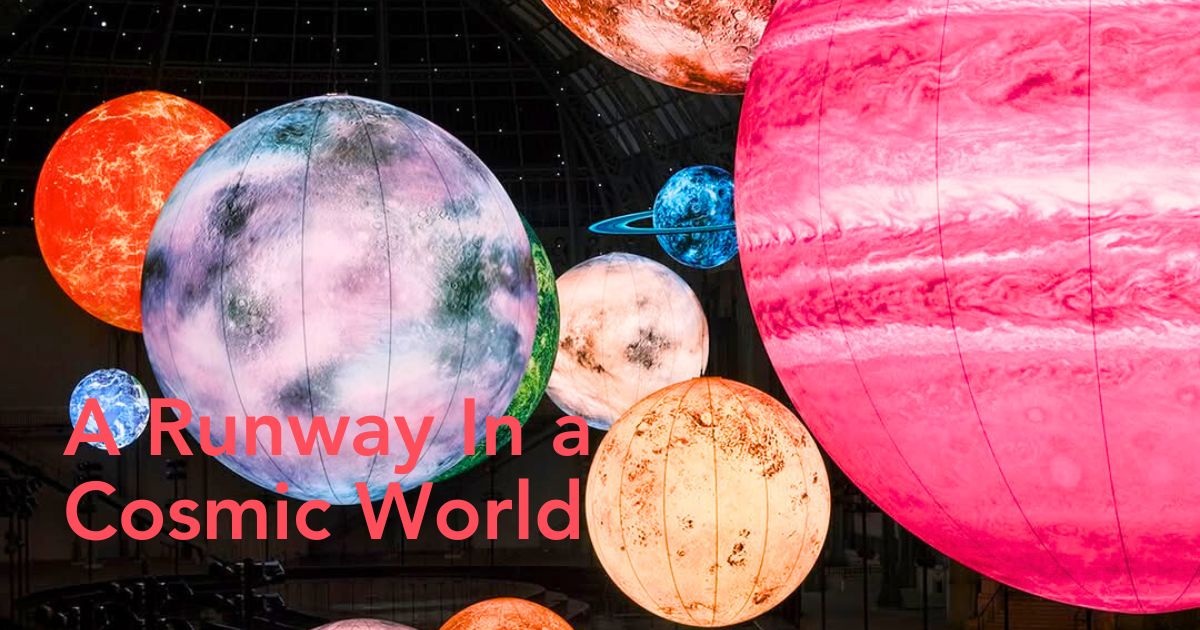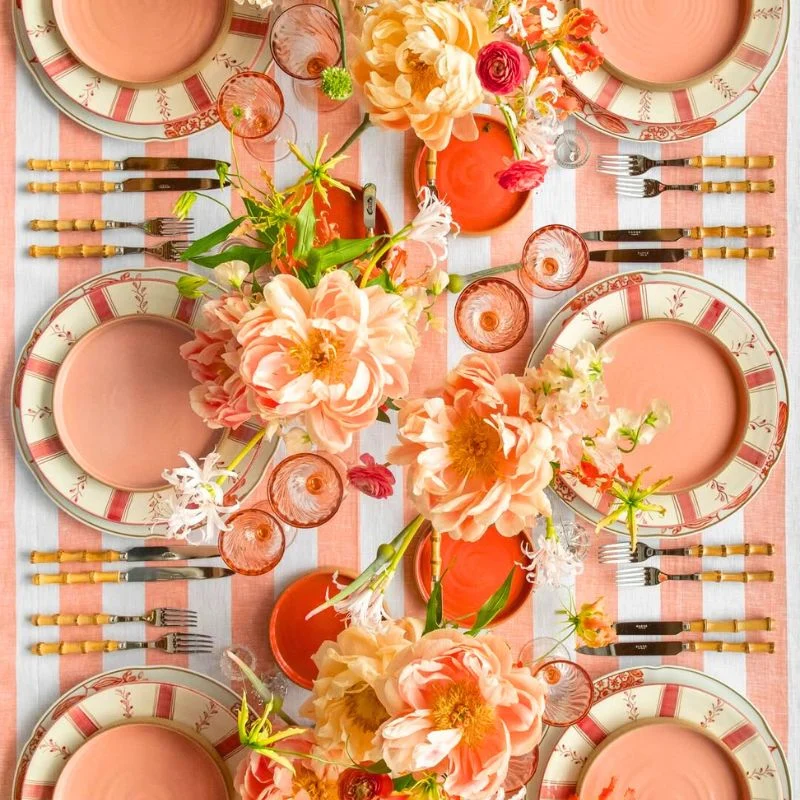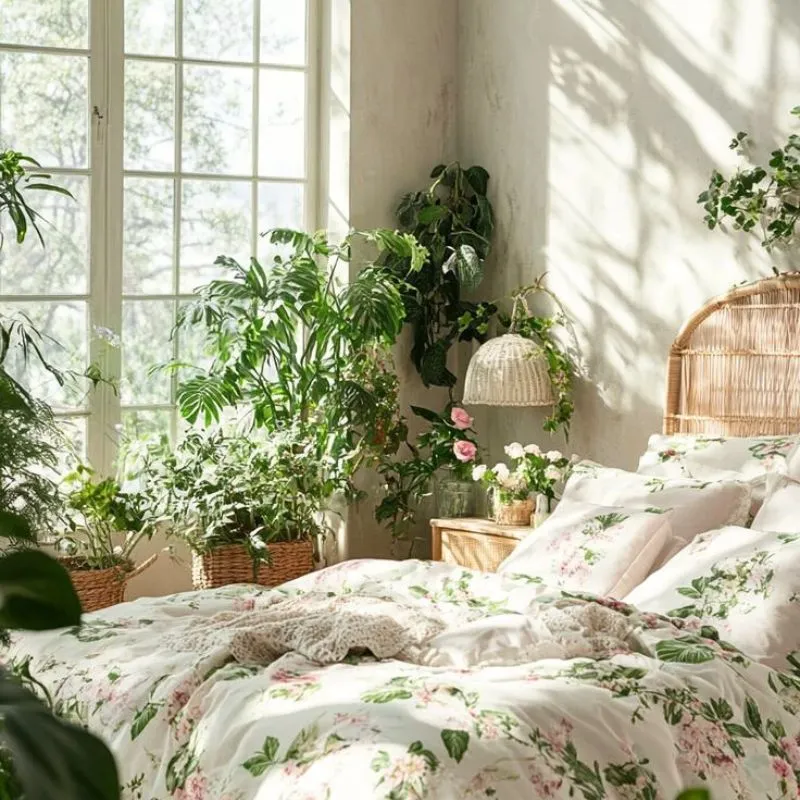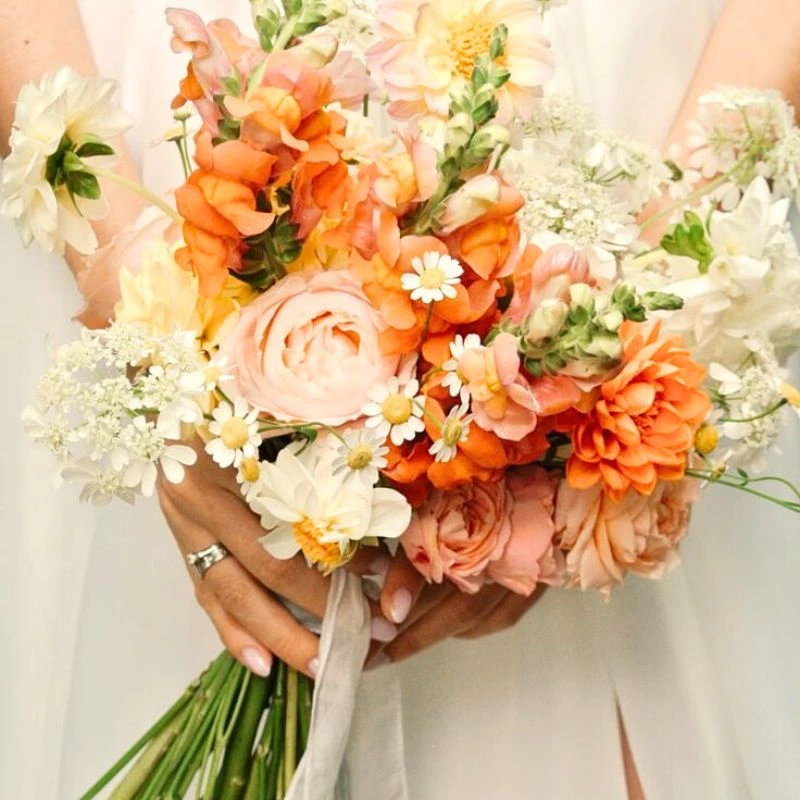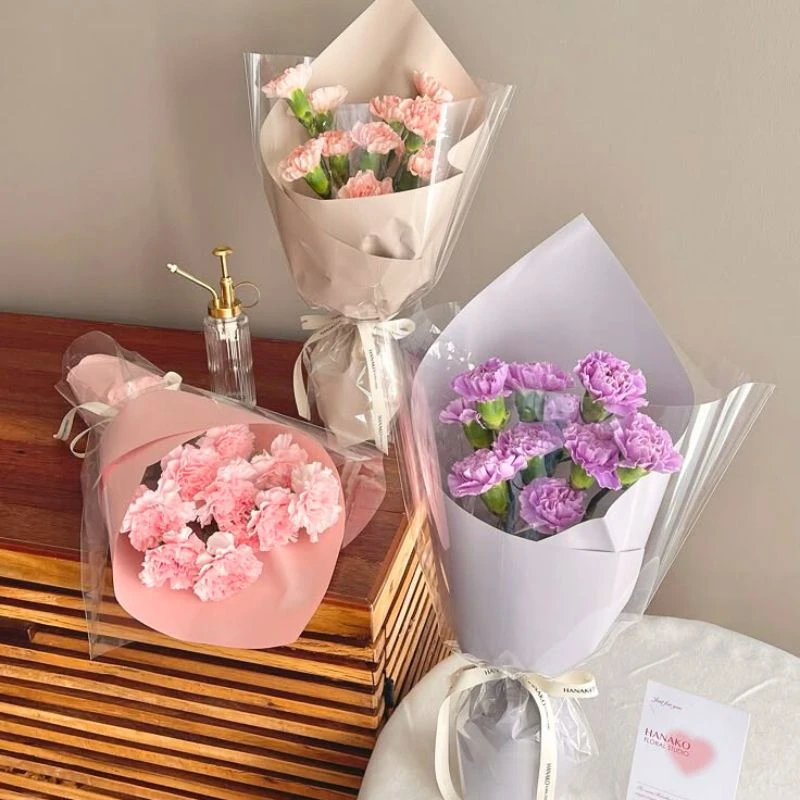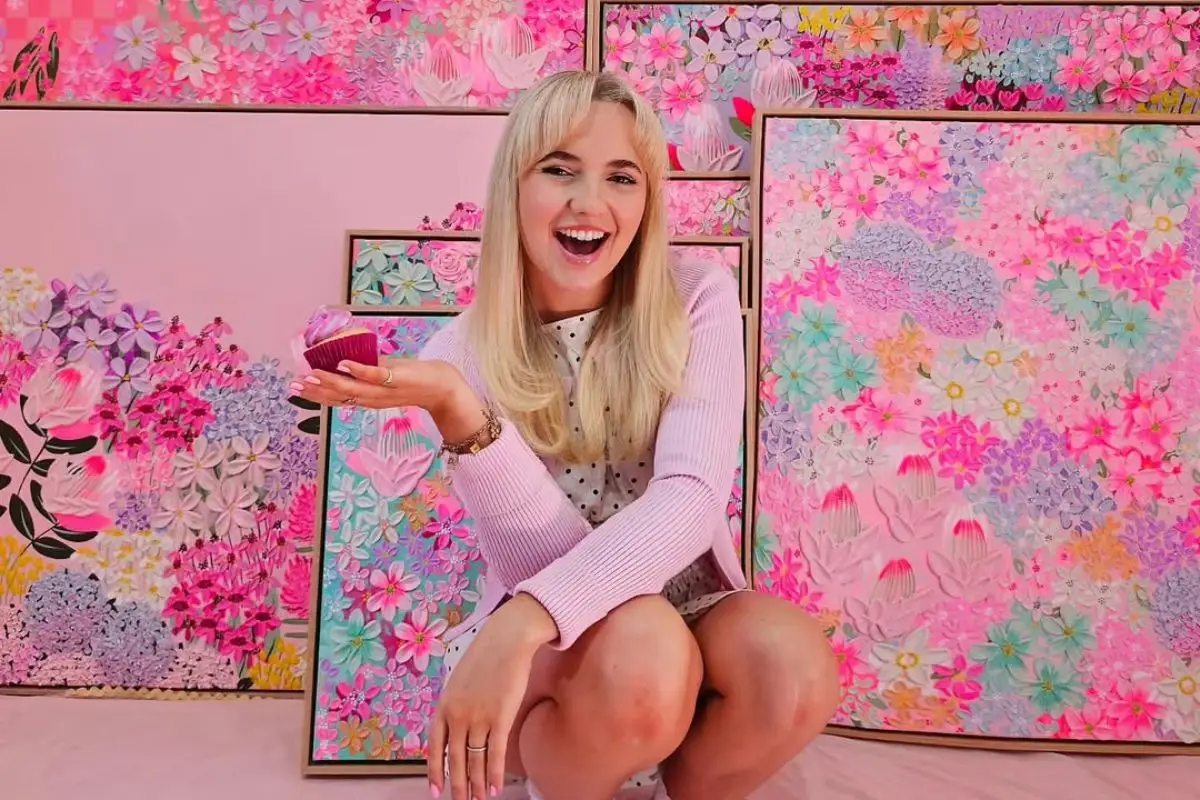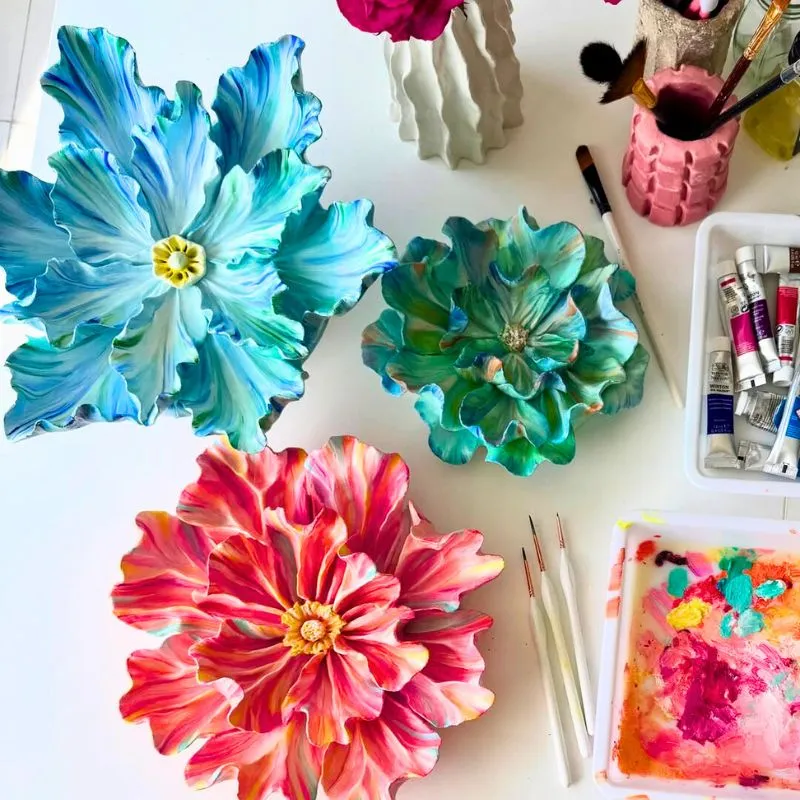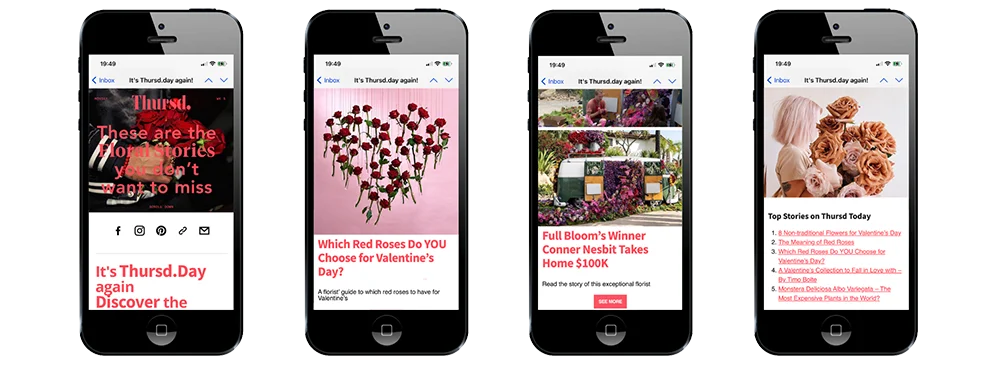Matthieu Blazy’s debut collection for Chanel mapped the house’s origins and archives within a living cosmos of fashion history. Inside the Grand Palais, Matthieu opened his Chanel debut with a scene that felt like a cosmic rebirth for one of the world’s biggest brands. A solar system of glowing orbs hovered above the runway, their slow rotations evoking the stillness of deep space. This celestial setting, simultaneously grand and intimate, set the runway for the ‘Big Bang’ of Chanel, where tradition, floral garments, and innovation collided in orbit.
A Galactic Homage to Chanel’s Roots Rewritten by Matthieu Blazy
The front row of this iconic show reflected the magnitude of the moment. Pedro Pascal, Jennie, Margot Robbie, Tilda Swinton, Angèle, Lily-Rose Depp, Penélope Cruz, Gracie Abrams, and new ambassadors like Ayo Edebiri and reinstated Nicole Kidman, assembled not only as guests but as living icons of Chanel’s evolving constellation. After seasons shaped by Lagerfeld’s formidable codes and Virginie Viard’s measured restraint, Chanel stood on the threshold of renewal.
Blazy, known for his radical designs at Bottega Veneta, approached the house as a mausoleum of archives, to create a vast galaxy to traverse and remap. Not only did he create a cosmos on the runway, but all the outfits were filled with floral motifs and patterns, giving the show a grand equation for a grand finale.
The collection’s narrative began at Chanel’s inception, inspired by menswear and the influence of Coco’s muse Boy Capel. Crisp Charvet shirts appeared with a structural twist: he added the signature Chanel chain to the shirt hem, so the shirt itself bore weight and intention as a garment (not just a baseline layer). These were paired with cropped, boxy jackets and relaxed tweed trousers. The tailoring was precise yet mutable: curved shoulders, raw edges, mild cropping, barrel sleeves, each a brushstroke in softening masculine structure into feminine form.
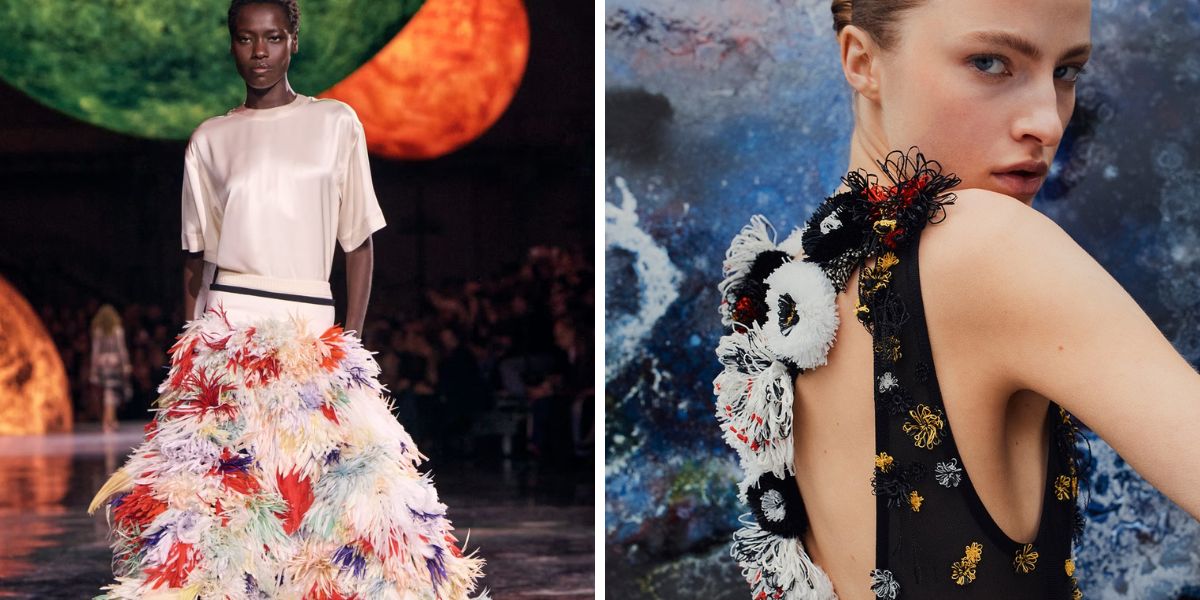
Daywear Collections With Flowers Making an Appearance
Daywear unfolded like a chronicle written in fabric. Tweeds were re-engineered with viscose blends to become unexpectedly lightweight and fluid. Some jackets seemed to disintegrate at the edges into fringe or crochet-like webs, layered over bodysuits, rib-knit undergarments, and low-slung wrap skirts.
The peek of ribbed textures above waistlines, a deliberate nod to the jersey undergarments Chanel elevated, gave the collection a tension between inner and outer that felt modern. Bags were crushed, left open, or reworked with wire frames so their flaps could be manipulated. This gesture toward impermanence, with objects that felt lived-in, loved, and worn rather than merely symbols of status, was central to Blazy’s approach.
The color palette hinted at Chanel’s environmental lineage before exploding outward. Browns, greys, and muted plaids morphed into interwar black-and-white geometry, sharp lines echoing the Maison’s perfume bottles and the mirrored Rue Cambon staircase. And then the galactic eruption: tomato red, mint green, moonlit grey, deep navy, and bursts of coral. Floral motifs proliferated, not polite camellias but planetary florals across lapels, hems, and sleeves. Embroidery traced tiny constellations; wheat sheaves (a longtime Chanel talisman) reappeared in gold thread as symbolic links.
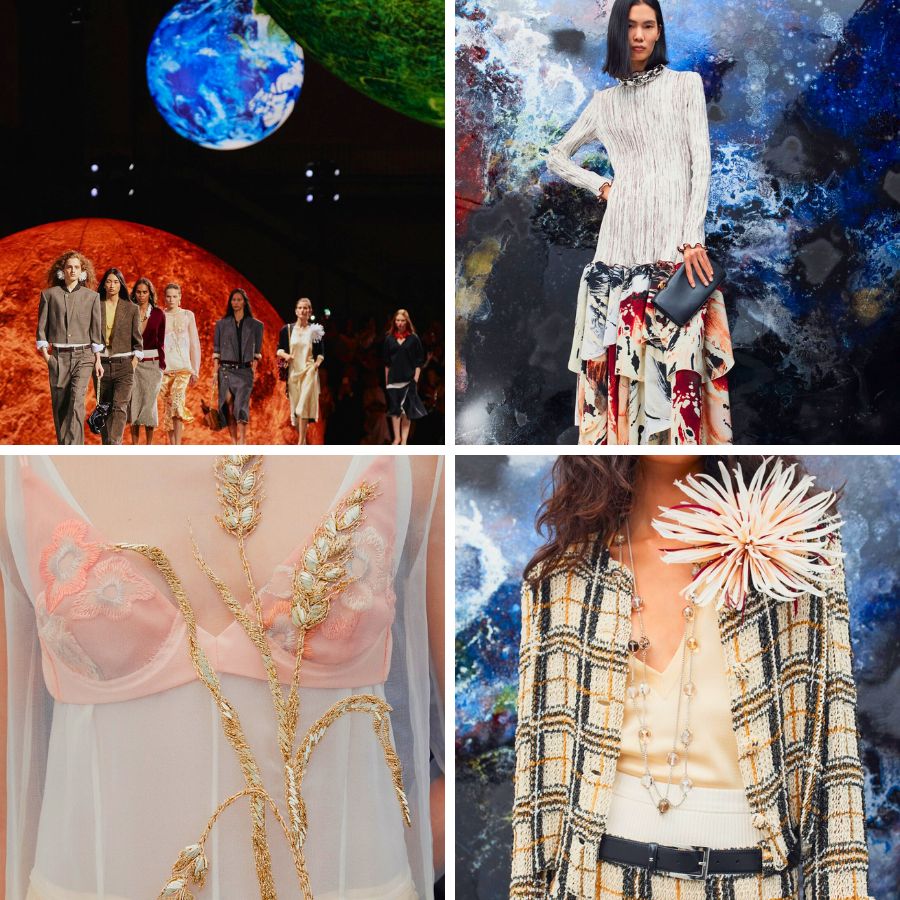
Eveningwear carried the Chanel woman deeper into the cosmos. Silk tunics with drop waists and full midi skirts recalled the freer 1920s lines; slinking gowns in ivory and black nodded to mid-century minimalism. Feathered ball skirts lifted at the front to reveal updated cap-toe shoes, now rendered in sharp square or V-shaped profiles, rather than the gentle round toes of tradition. The show’s final look, worn by Awar Odhiang, was a fervent flourish: a silky shirt paired with a multicolored, feathered skirt that trailed behind her, generating motion, color, and a standing ovation.
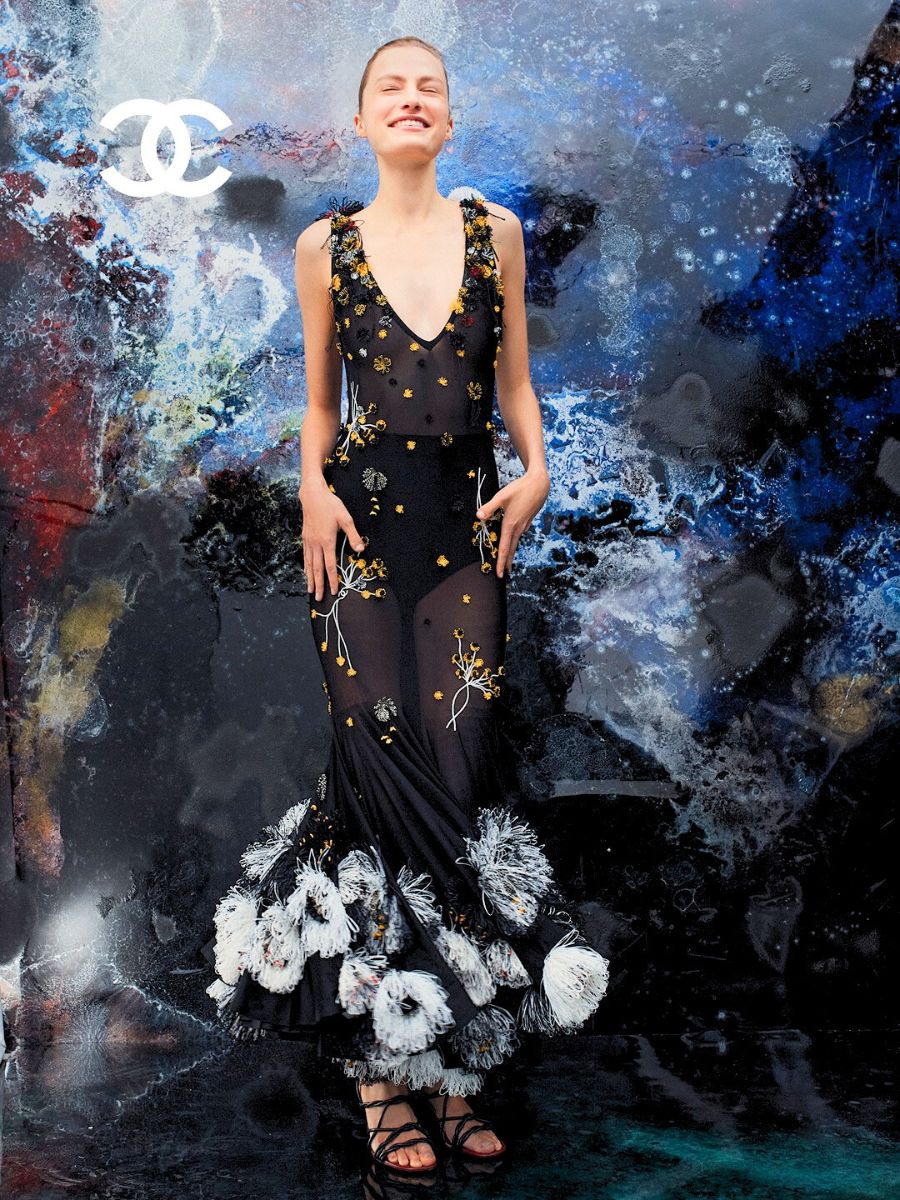
Accessorizing One of the Most Fabulous Cosmic Shows
Accessories magnified the cosmic theme. Some models held glowing planetary clutches, echoing the Zaha Hadid collaboration of the late noughties; others carried oversized striped totes, camellia-encrusted clutches, or fringe-flower purses. Jewelry orbited the garments, baroque pearls, enamel chains, and glass planets as pendants or baubles.
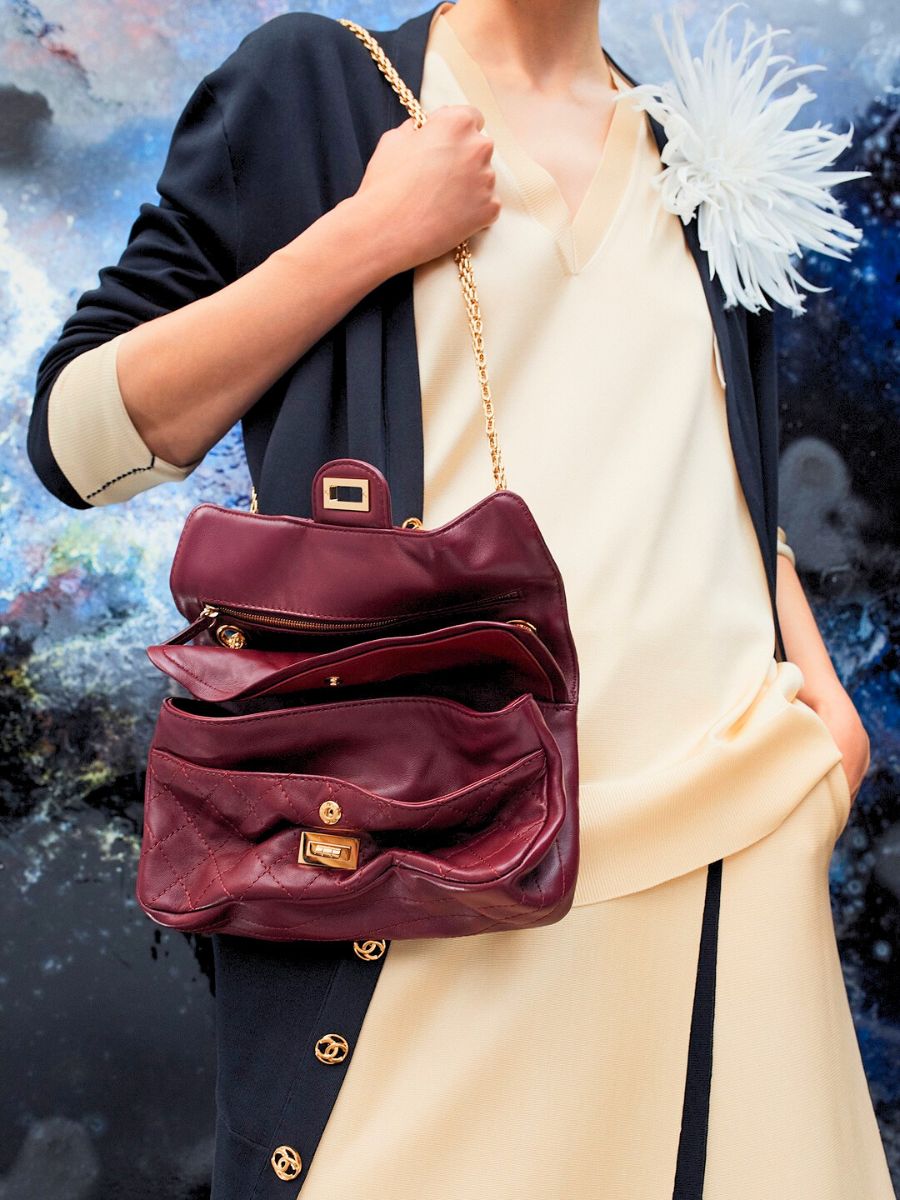
Lastly, Blazy encoded the show with meta-signals. Many silhouettes remained unbuttoned or intentionally loose, a liberty of freedom that refused to seem buttoned-down or ceremonious. Logos were downplayed; instead, form and function spoke louder. Dramatic hats appeared occasionally, in feather and sculptural shapes. The aesthetic balanced demure seriousness and witty eccentricity, a quality long associated with Lagerfeld, but in Blazy’s hands, more internal and theatrical than overt.
Matthieu positioned Gabrielle Chanel’s legacy as a living cosmos, treating the archive as a constellation burning bright in the sky.
Photos and videos by: @chanelofficial.

